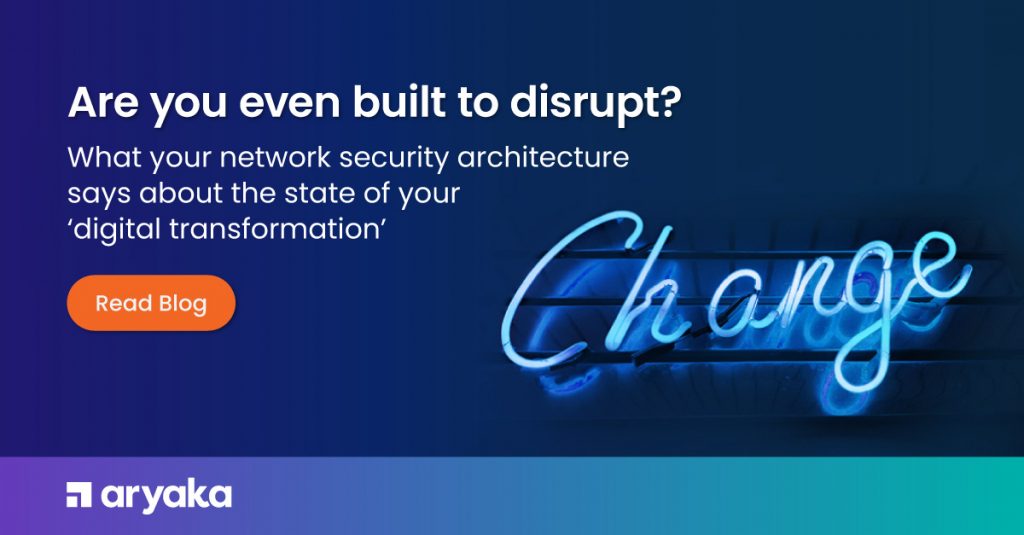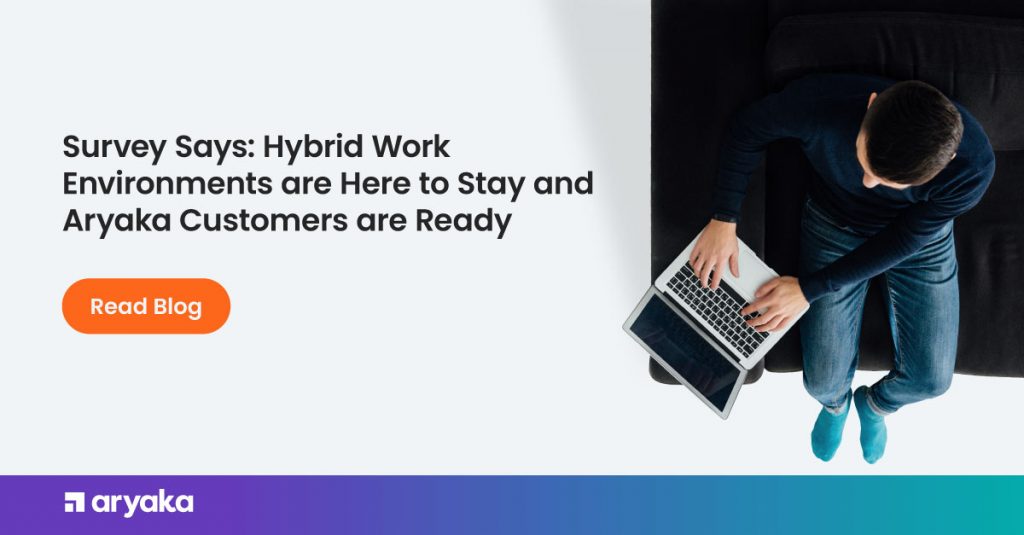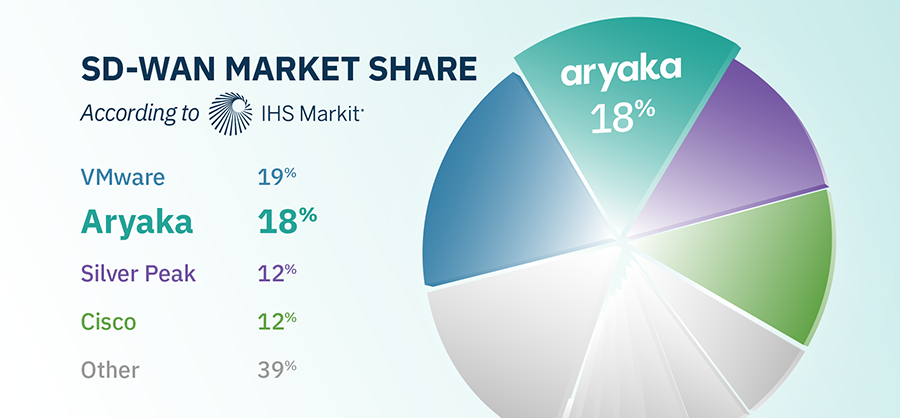Great Houses Need Great Foundations (3 min read)
How CIOs who really want to change the business are starting with the network security architecture

The test for ‘digital transformation’ used to be measured by how many applications ran in the cloud. The graph that IT leaders liked to show in the quarterly operations review was the one where the percentage of applications running in AWS continued moving up and to the right.
The challenge that we are seeing today, magnified as half the workforce moved from the office to the house, is when the network that delivers those services competes on the same internet with Disney, streaming the Book of Boba Fett to their 100M subscribers. It’s not even really a competition, your customers and employees just lose (and let’s be fair, losing to The Mandalorian was palatable … but Boba Fett?!)

Great houses need great foundations
When you build a great house, you don’t start by decorating your favorite room. Truly progressive CIOs understand that the first step to building is a solid foundation.
While the cloud can deliver all the amazing benefits as advertised in the brochure — flexibility, agility, speed, performance — it is only captured when delivered on a network that supports it.
Moving applications and workloads to cloud environments like Azure and AWS without a cloud-optimized network and security architecture puts stress on the network and security tools protecting it. The old network was simply not built for the weight now being placed upon it from remote users operating in the cloud. As a result, it cracks.

Change agents make foundational changes.
CIOs understand that to change is to survive. But transformative IT leaders know that foundational change starts, unironically, at the foundation. As such, they are evolving the underpinning for their service — the network and security architecture — to the cloud. And the numbers here tell a story.
They are closing data centers and ditching old-school MPLS links for SD-WAN and internet. They are pushing security to the edge and becoming more SASE (hoping desperately that Gartner changes the acronym at some point in the future).
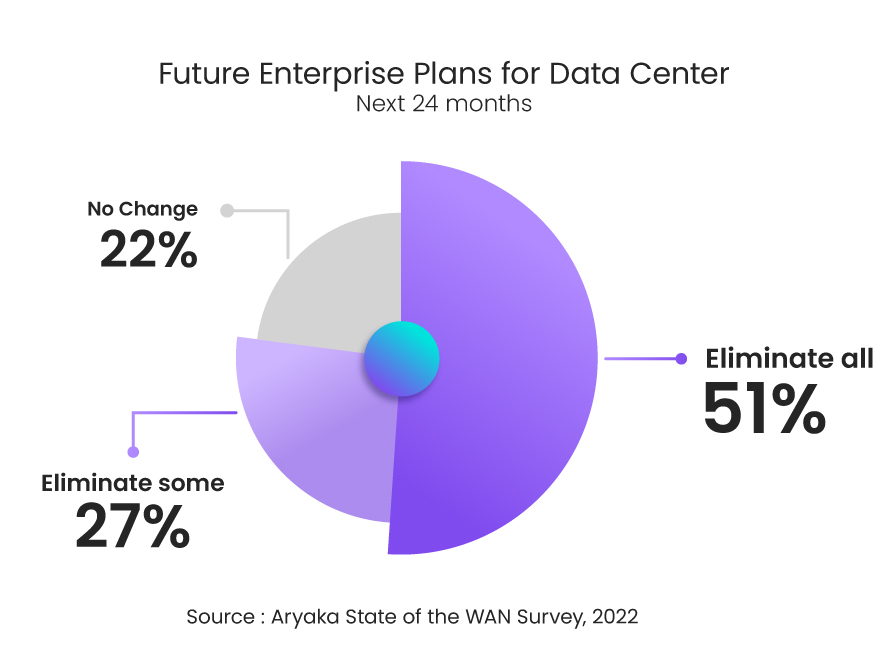
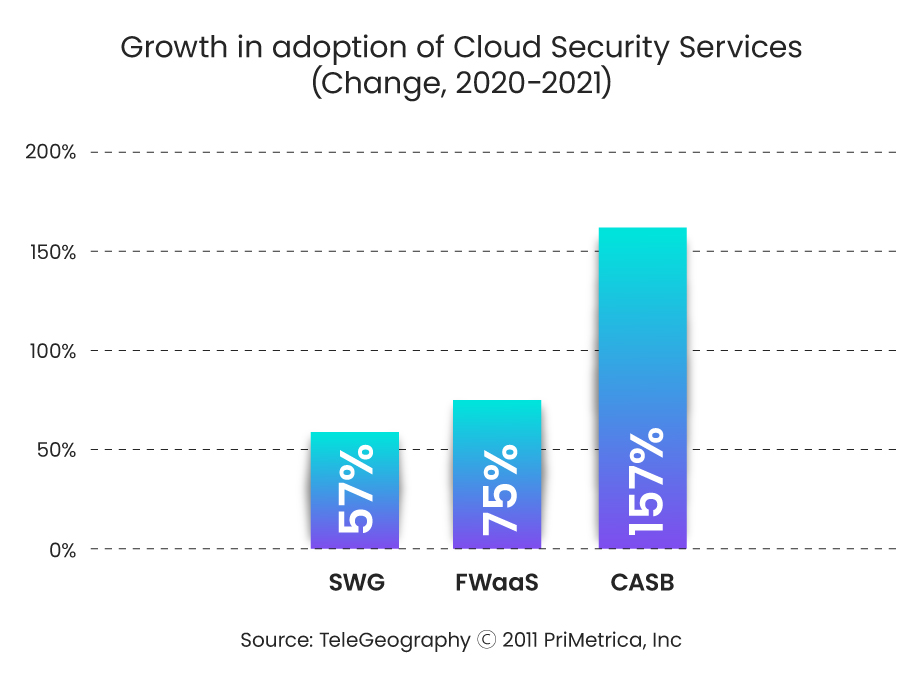
They are driving their teams to align with network and security partners that provide cloud-like pricing, not massive capital expenditure that locks the business in for years. They are opting for self-service delivered as-a-service, not an unanswered ticket from a carrier support team who could not care less.
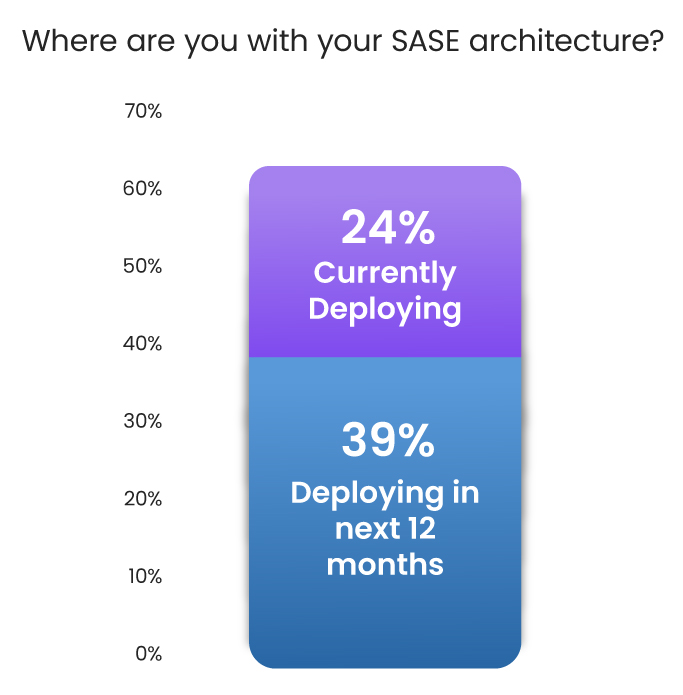
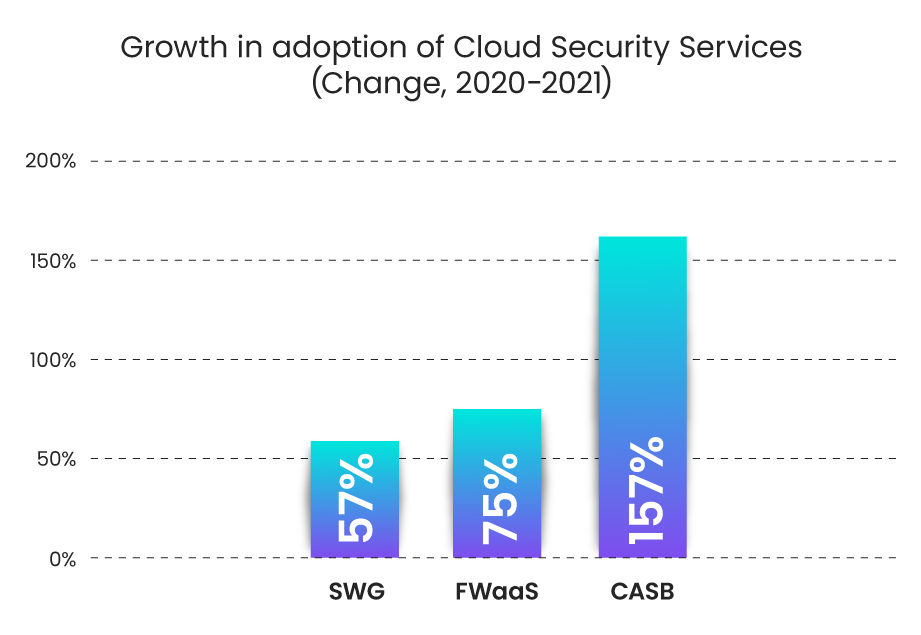
Go slow to go fast
As the old saying goes, sometimes you need to go slow to go fast. Transforming years, in some cases decades, of network and security plumbing takes time and the right team behind you. But make no mistake, while it may not feel like it at the time, these CIOs are at the bleeding edge of change, putting their organizations on a foundation of unlimited potential.
So to get a feel for just how progressive the IT organization is, don’t ask about ‘digital transformation initiatives’ or what innovative R&D projects they have in the works. Just ask about the current and future state of the network security architecture.


